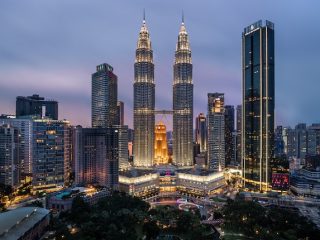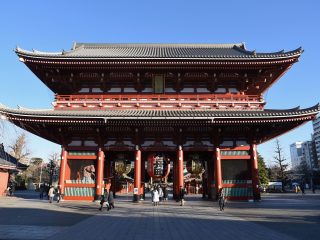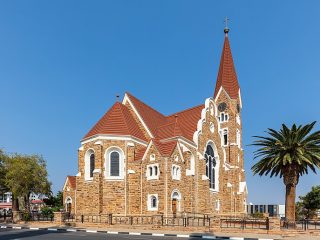The Maldivian islands are famous for their clear blue beaches and Luxury Resorts like the PER AQUUM Hotels & Resorts, however the islands also boast a rich cultural history that dates as far back as 300 BC. Famed as a transit point for seafarers, interaction between different races and religions, most importantly Buddhism and Islam, have played a key role in shaping the country as it is today. This best example of this are the coral stone mosques.
The unique coral stone mosques of the Maldives have long been an attraction to tourists and an embodiment of the archipelago’s rich heritage. These beautiful structures are composed entirely of corals and timber, and some date as far back as 16th century. Due to limited materials available for construction in ancient Maldives, coral stones and timber become the main building resources. This unique method of construction is said to have existed as early as the Buddhist period. Skilled workers would remove live reef corals from the seabed, cut them into stone blocks and then air-dry them for use in construction. The walls of the mosques are built with finely carved, interlocking blocks of coral and showcase a brilliant design and striking decorative patterns that displays the skill of the local artisans.
Of all the mosques, the Friday Mosque in the capital city of Male is a must see as it is considered the most important heritage site of the Maldives. Built in 1658, it’s the biggest and possibly one of the most ornate coral stone structures in the world, and is listed by UNESCO in their Tentative World Heritage List. Constructed mainly of coral, the mosque originally had a thatched roof which was then replaced with timber. Eventually a minaret, patterned on those at the entrance to Mecca, was added to the structure along with a cemetery with intricately-carved tombstones and mausoleums.
Intrigued by history, art and food, Lavinia Woolf is a writer who is passionate about the extraordinary and writes of the exhilarating and enchanting.








